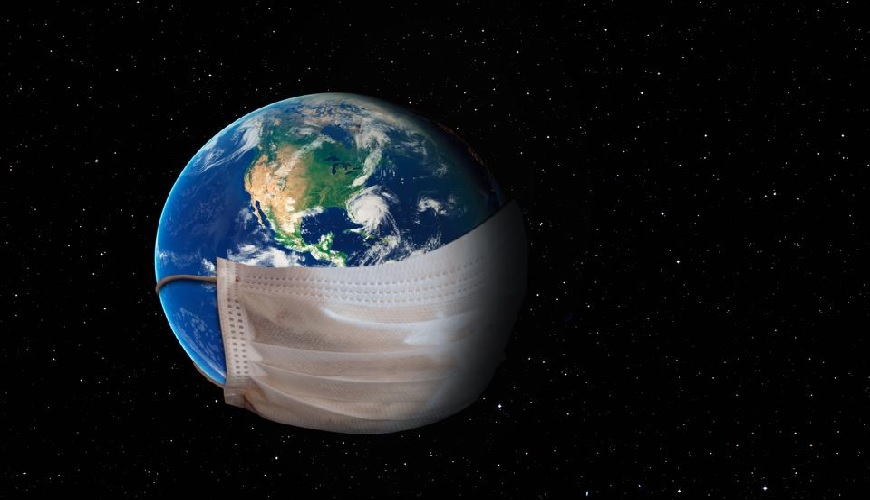
- 31 Jan
- 2021
Study suggests that COVID-19 cases are correlated with temperature and latitude
Study suggests that COVID-19 cases are correlated with temperature and latitude
A seasonal pandemic
In a paper published in Evolutionary Bioinformatics titled ‘Temperature and Latitude Correlate with SARS-CoV-2 Epidemiological Variables but not with Genomic Change Worldwide’ and authored by Prakruthi Burra, Katiria Soto-Díaz, Izan Chalen, Rafael Jaime Gonzalez-Ricon, Dave Istanto, and Gustavo Caetano-Anollés, the researchers suggest that COVID-19 cases and mortality rates, among other epidemiological metrics, are significantly correspond with temperature and latitude across 221 countries.
First waves of COVID
“One conclusion is that the disease may be seasonal, like the flu. This is very relevant to what we should expect from now on after the vaccine controls these first waves of COVID-19,” says Gustavo Caetano-Anollés, professor in the Department of Crop Sciences, affiliate of the Carl R. Woese Institute for Genomic Biology at Illinois, and senior author on the paper.
Testing methodology
First, the researchers downloaded relevant epidemiological data (disease incidence, mortality, recovery cases, active cases, testing rate, and hospitalization) from 221 countries, along with their latitude, longitude, and average temperature. They pulled the data from April 15, 2020, because that date represents the moment in a given year in which seasonal temperature variation is at its maximum across the globe. That date also coincided with a time during the early pandemic when COVID-19 infections were climax everywhere.
Several factors at play
The research team then used statistical methods to test if epidemiological variables were correlated with temperature, latitude, and longitude. The expectation was that warmer countries closer to the equator would be the least affected by the disease. While temperature and latitude were unmistakably correlated with COVID-19 cases, the researchers are quick to point out climate is only one factor driving seasonal COVID-19 incidence worldwide.
Linked to immunity
The researchers say our own immune systems could be partially responsible for the pattern of seasonality. For example, our immune response to the flu can be influenced by temperature and nutritional status, including vitamin D, a crucial player in our immune defenses. With lower sun exposure during the winter, we don’t make enough of that vitamin. But it’s too soon to say how seasonality and our immune systems interact in the case of COVID-19.
Note: - As every caution has been taken to provide our readers with most accurate information and honest analysis. Please check the pros and cons of the same before making any decision on the basis of the shared details.











